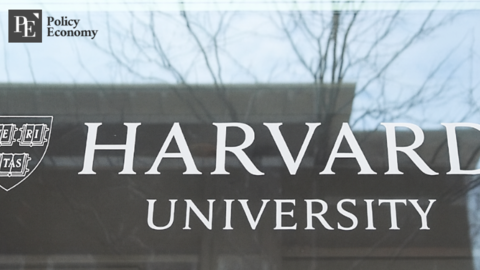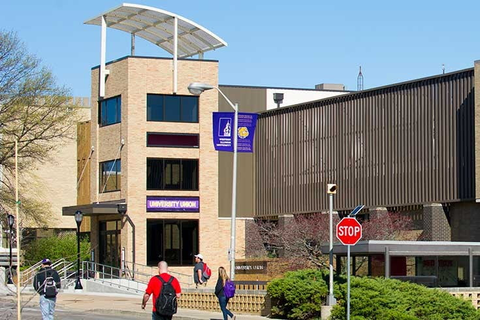U.S. Colleges' Quest to Solve Food Insecurity on Campus
Input
Modified
Covid-19 has exerted catastrophic impact on the world’s economy, consequently decreasing the quality of life across the U.S. While the economic downturn casts ominous shadow over the lives and the future of many college students, it has especially exacerbated the already dwindling livelihood of students with food insecurity.
The U.S. Department of Agriculture defines food insecurity as “a household-level economic and social condition of limited or uncertain access to adequate food.” And that is exactly what many students in the U.S. are experiencing. According to the #RealCollege survey published early last year by The Hope Center for College, Community, and Justice, 29 percent of four-year college students and 38 percent of two-year college students faced difficulties with food insecurity in fall 2020.
The problem is more prevalent among the students of color. The survey shows that 70 percent of Black students experienced food and housing insecurity compared to 54 percent among White students. It is also reported in the survey that students who face basic needs insecurity are more likely to suffer from depression and high stress level, which can significantly affect their quality of life and academic performance.
However, students are not the only population on campus affected by food insecurity; faculty and staff members are also having uncertain access to adequate amount of food. According to a 2020 report by the American Federation of Teachers, 26 percent of adjunct faculties reported having food insecurity or having to reduce the quality of food they consume.
 Since 2021, the program is reaching out to greater number of students in need of food. Photo: United States Department of Agriculture[/caption]
Since 2021, the program is reaching out to greater number of students in need of food. Photo: United States Department of Agriculture[/caption]
What Colleges are Doing to Help Food Insecurity
Establishing Food Pantries
Colleges are taking different measures to tackle food insecurity problem on their campuses. Some are providing fresh groceries, while the others are distributing nonperishables or frozen food items to students, faculty, and staff. For instance, the University of North Carolina at Asheville (UNC Asheville) not only gives out nonperishable food and fresh vegetable from the campus garden, but also teaches students how to search for food in nature. However, the foraging education program has not yet reopened since the pandemic started. On the other hand, Saint Xavier University (SXU) in Illinois implemented Champ’s Kitchen, a campus food pantry, to alleviate food insecurity problem at the school. Instead of handing out food to those in need of food, the school allowed students, faculty, staff, and their families to freely access the food pantry. Along with food, it also offers nonperishable products, such as toiletries and feminine hygiene.Unused Meal Plan Donations
Students with meal plans frequently have meal swipes left at the end of a semester. As there are often limits on how many left-over meal plans can roll over to the following semester, allowing students to donate their extra meal is an efficient way to provide meals to hungry students. Swipe Out Hunger, a nonprofit organization working to end student hunger, for example, partners with colleges across the U.S. to distribute unused meal swipes to students experiencing food insecurity. [caption id="attachment_1556" align="aligncenter" width="624"] Since 2021, the program is reaching out to greater number of students in need of food. Photo: United States Department of Agriculture[/caption]
Since 2021, the program is reaching out to greater number of students in need of food. Photo: United States Department of Agriculture[/caption]





















